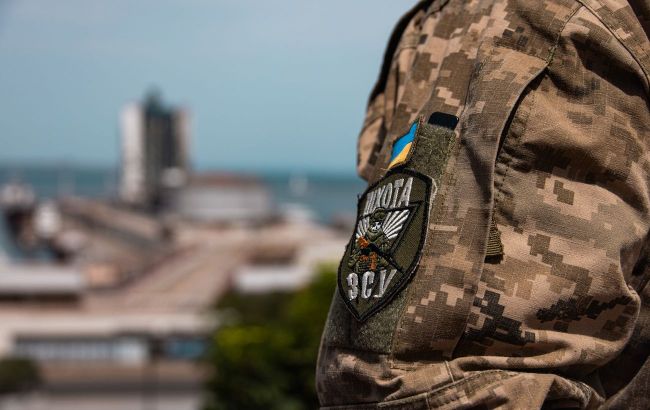Ukraine uses slow retreat tactics in Donbas - NYT
 Ukraine uses slow retreat tactics in Donbas (photo: Getty Images)
Ukraine uses slow retreat tactics in Donbas (photo: Getty Images)
The Ukrainian military has recently withdrawn from Vuhledar. Currently, Ukraine is using the tactic of “slow retreat” to minimize its own and maximize the enemy's losses, reports The New York Times.
The newspaper noted that Ukraine's retreat from Donbas may seem to signal the beginning of the end of hostilities in the area, but Ukrainian commanders and military experts deny this.
Instead, they say, a more important struggle is unfolding in the region. The Ukrainian military explained that it is now a war of attrition, where each side is trying to exhaust the other by inflicting maximum losses, hoping to break the enemy's potential and will to continue the war.
It is already evident that throughout the summer, Russia, despite its losses, sent waves of troops, supported by columns of armored vehicles, in fierce assaults.
Mykola Bielieskov, a military analyst at the Ukrainian State Institute for Strategic Studies, called it a strategy of “exchanging space for Russian losses.” According to him, the idea is to retreat from the attacked cities but inflict as many losses as possible on the enemy.
Meanwhile, Oleksandr Solonko, a member of the 411th Ukrainian unmanned battalion fighting around the frontline city of Pokrovsk, emphasized that the question is how many Russian troops will lose before they realize that it is useless.
He emphasized that, faced with continuous attacks, some Ukrainian commanders also “prefer to abandon a position or a settlement if it reduces personnel losses.”
Impact of the Kursk operation
The newspaper noted that the situation is complicated by the fact that Ukraine's offensive on Russia's western Kursk region in August further depleted its resources, threatening its ability to carry out a controlled retreat in Donbas without breaking the front line.
Pasi Paroinen, a military expert from the Finnish Black Bird Group, which analyzes video and satellite images from the battlefield, said that after the Kursk offensive, Russia advanced in Donbas at a pace unseen since 2022. According to him, in the last two months, it has seized about 270 square miles, which is about three times more than in June and July.
But even this leaves Russia far from achieving its long-standing goal of a complete takeover of the region. To do so, it needs to seize another 4,000 square miles of Ukrainian territory, roughly five times the amount it has seized in the past year.
“This war isn't going to be decided by who controls Vuhledar or other tactical frontline towns and cities... It’s about how many troops the Russians have spent trying to seize Vuhledar versus the losses the Ukrainians have sustained in trying to hold it,” says Franz-Stefan Gady, a military analyst based in Vienna.
Last week, soldiers of the 72nd Brigade began to withdraw from Vuhledar as supply routes were cut off.
On October 2, the Khortytsia Operational and Strategic Group confirmed the withdrawal of the Defense Forces from the city to save personnel and military equipment.
According to the 72nd Brigade, the evacuation of the wounded from Vuhledar was difficult, as the enemy was pressing from the flanks. However, leaving the city allowed us to minimize losses as much as possible.
Ukrainian President Volodymyr Zelenskyy also spoke about the withdrawal of the Armed Forces from Vuhledar.

